Aquaponics is an organic growing method combining aquaculture and hydroponics that leads to faster and more generous quality crops.
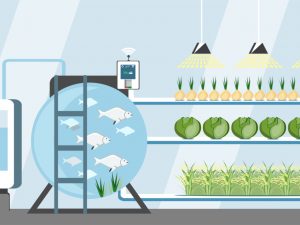
What is aquaponics?
Aquaponics is a growing technique resulting from the combination of two systems: aquaculture, the process of farming fish in tanks (small grows) or in fish farms (large grows), and hydroponics, based on growing plants without soil. It is basically a growing technique that benefits from the many advantages offered by organic farming and hydroponics, applicable both indoors and outdoors. The secret of this kind of setups lies in the way the plants are fertilized: the process is performed thanks to a closed-loop system through which the organic nutrient solution circulates. Such nutrients are made out of fish waste with high contents of nitrogen, phosphorus, and potassium; three of the most important elements for the correct development of our cannabis plants. The miracle happens when aerobic bacteria start to transform ammonia and urea into nitrate and nitrite, for later being absorbed by the plants.
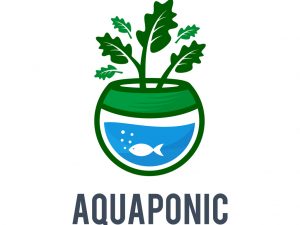
But not only that, this setup also allows our plants to grow in a growing medium containing expanded clay and other draining elements that favor oxygenation. As a direct consequence of the plants' being able to breathe properly, not only their metabolism but also the development of their rooting system is significantly boosted. This obviously leads to heavier yields. With proper training, this growing method will allow you to set the system to do most of the maintenance by itself. At first, until you create more of a balance and the symbiotic relationship between the different elements is adequate, you may have to add a minimum amount of nutrients which are necessary for the plants (nitrogen, phosphorus, and potassium –NPK-). But no sooner is the system fully operational than you'll quickly notice a reduction in the costs and an increase in the quality of the plants.
Advantages of growing with aquaponics
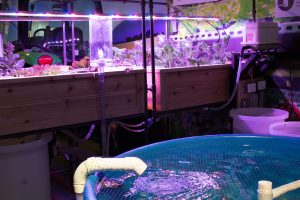
The main advantages of growing cannabis with aquaponics are as follows:
- Faster crops, some 10 days ahead of schedule.
- 100 % natural grow with no mineral residues. Organic feeding leads to better quality flowers which are perfect for therapeutic use.
- Heavier yields than when growing in soil.
- The combination of aquaculture and hydroponics results in faster crops of the best possible quality.
- A reduction in the cost of nutrients. A certain degree of autonomy is achieved once the method is under control.
Disadvantages of growing with aquaponics
This growing system may have some drawbacks:
-
- It's necessary to have some experience in hydroponics and aquaculture (quite a complex technique consisting in the farming of fish that requires a minimum knowledge of the different species).
- In hydroponics, there is no substrate to provide a buffering effect, as is the case with soil. Any mistake can quickly affect the plant, the consequences becoming evident almost instantly.
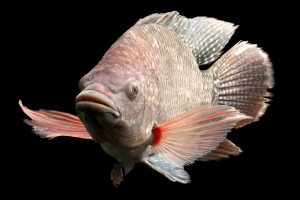
- It's hard to determine how many fish are necessary for the proper functioning of the system. It depends on the number of plants you are growing and on the specific needs of each strain. It's also important to be sure that the colony of bacteria is large enough.
- Prior preparation and the investment of considerable time are necessary for its implementation.
- Aquaponics requires regular maintenance and a lot of dedication on a daily basis. That's why it's mostly suited to enthusiastic cannabis growers who love growing marijuana and don't mind devoting lots of time and effort to its growth in order to obtain the best weed ever.
What do you need to build your system?
Let's have a look at the material and equipment needed to start off on the right foot:
-
- A reliable and high-quality hydroponic setup to avoid unexpected leaks or other problems.
- A water pump whose size depends on several factors.
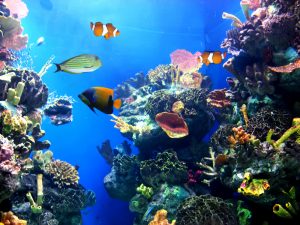
-
- A fish tank and all the necessary accessories. Its dimensions are subject to the number of plants to be grown. The best thing you can do is receive advice from an expert who can help you create the perfect ecosystem within the tank. In any case, it's essential to master the subject before taking up this adventure. Otherwise, you risk having lots of problems.
- The best species for this kind of system are: tilapia, sunfish, koi, barramundi, catfish, fancy goldfish…
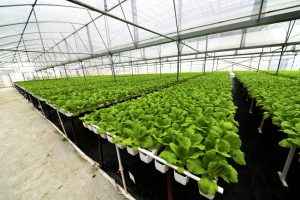
- For the setup of your system, it's necessary to first place a layer of textile material, permeable and breathable, that favors the development of the roots, and a second layer of expanded clay to improve drainage. This two-layer base is perfect for the growth of the rooting system as well as for the transformation of ammonia into nitrite. It is the foundation on which the entire system will be built. Using nutrient-rich (NPK) substrates is necessary at first so that plants have enough food until fish start to produce it. Once this happens, there'll be no need for any additional supplies.
An incredible 100 % organic growing method with multiple advantages! We cannot but wish you a good harvest!





Give us your feedback
Your rating (between 1 and 5)
1 2 3 4 5Leave a comment